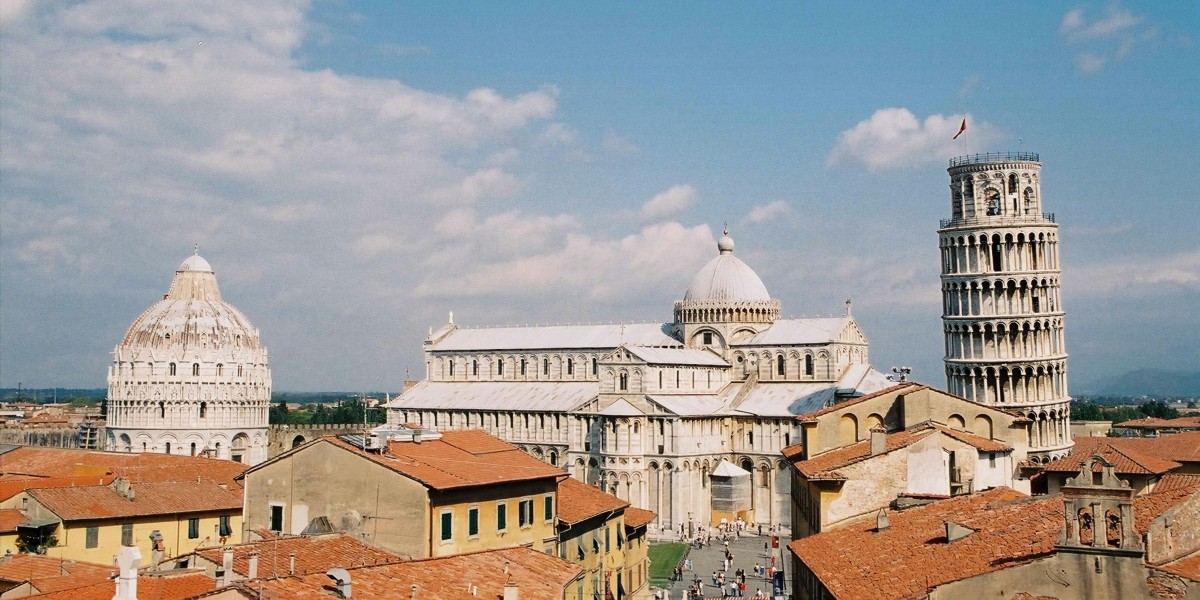
When you think of Pisa, one thing springs to mind, but there's so much more to this Tuscan city than its famous architectural mishap. Sitting on the banks of the River Arno, Pisa is a proud, historic university town with a character all of its own. For those considering living in Pisa, the reality is a city buzzing with student life, where the locals, known as the Pisani, enjoy a relaxed pace of life amongst stunning Romanesque buildings and Gothic churches.
What is Pisa like?
At its heart, Pisa is a university city and a popular place to study for international students in Italy. Its prestigious university, founded in the 14th century, gives the city a spirited and animated atmosphere. Life unfolds along the elegant promenades, or lungarni, that line the River Arno, and through a maze of medieval streets that open onto grand squares.
Beyond the famous UNESCO-protected tower, the city's civic heart is the impressive Piazza dei Cavalieri. For a different kind of marvel, the tiny Gothic church of Santa Maria della Spina sits right on the riverbank. A peaceful retreat from the crowds can be found in the university’s botanical garden, the Orto e Museo Botanico, one of the oldest of its kind in the world.
The city’s strong identity is also reflective of its time-honoured traditions, like the Luminara di San Ranieri. Each June, this magical festival sees the buildings along the Arno illuminated by thousands of candles.
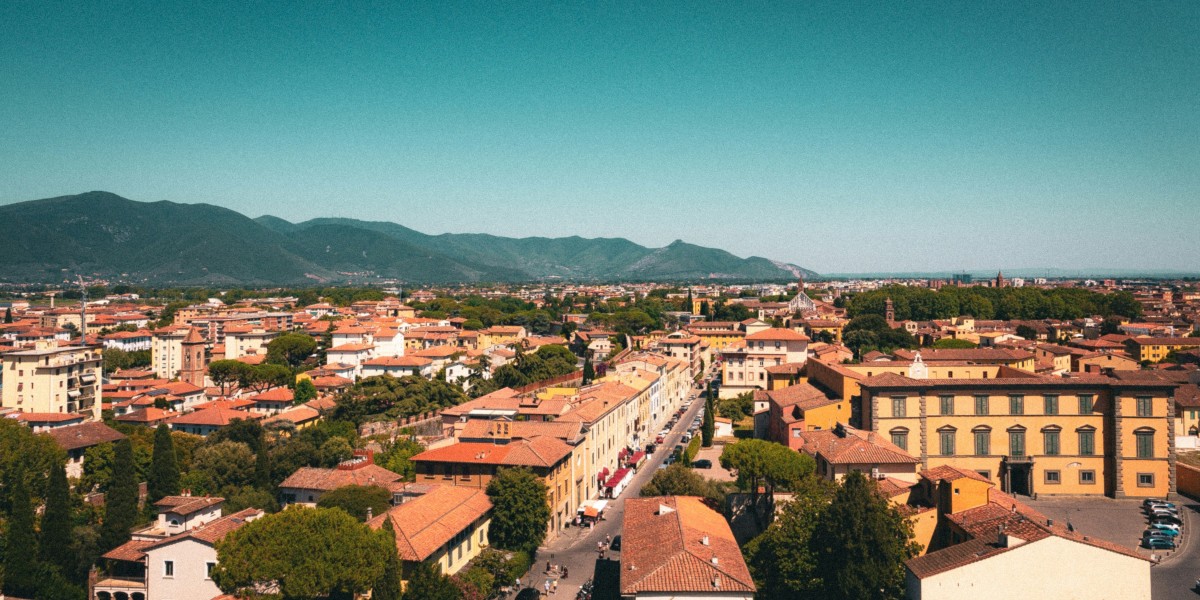
Is Pisa a good place to live?
Once you settle into the rhythm of daily life in Pisa, you'll find a city that is very easy to live in. The pace is relaxed, especially away from the main tourist drag, and life revolves around simple pleasures like a morning coffee at a local bar or an evening stroll. The weather is typically Tuscan, with hot summers perfect for trips to the nearby coast and mild, if sometimes wet, winters.
While you’ll find Tuscan classics everywhere, Pisans have their own specialities beyond the typical pasta dishes found in central Italy. Be sure to try cecina, a simple but delicious savoury pancake made from chickpea flour. For something more substantial, look for dishes featuring the local mucco pisano, a breed of cattle that produces flavourful meat.
In terms of safety, Pisa is generally a secure city. The main thing to be aware of is petty crime, like pickpocketing, which can be an issue in the crowded areas around the Leaning Tower.
Pros and cons of living in Pisa
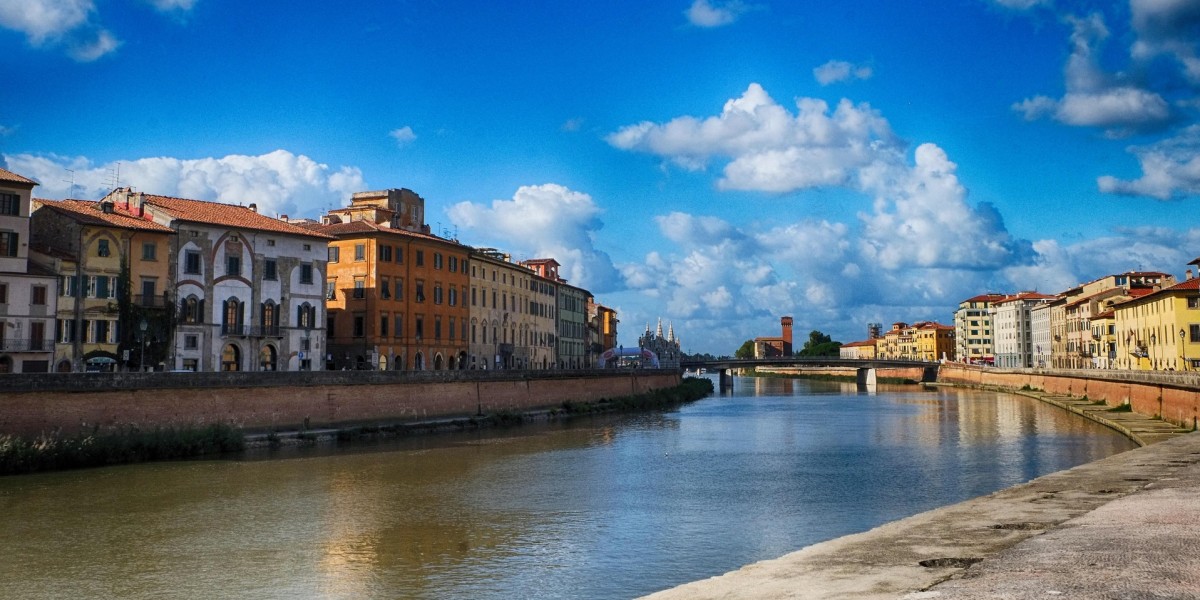
Every city has its high points and its challenges, and it’s worth being honest about them before making a move.
Some of the pros of life in Pisa include:
- A strategic location. Galileo Galilei Airport is the main international gateway to Tuscany, and the city has excellent train connections to Florence, Rome, and the beautiful Ligurian coast. The local beaches are also just a short bus or car ride away.
- Affordability. Compared to its famous neighbour, Florence, the cost of living in Pisa is significantly lower. This is particularly true for rent, which can be much more reasonable.
- A lively atmosphere. The huge student population means Pisa never feels like a stuffy museum piece. The city has an energetic, youthful buzz year-round, with plenty of cultural events and animated bars.
And some of the cons to consider:
- Intense tourism. The area around the Leaning Tower can feel like a theme park, especially from spring to autumn.
- A limited job market. Unless you work in academia, the tourism sector, or have a remote job, finding professional work can be a challenge.
Is Pisa expensive?
When it comes to whether Pisa is a wealthy city, the answer is a little complex. Historically, as a powerful maritime republic, it was immensely wealthy. Today, it’s not an economic powerhouse like Milan, but rather a comfortable and very livable university city where your money goes further. To live in Pisa, it costs around €1,000 to €2,000 per month; however, this can vary a lot depending on your living situation and lifestyle choices.
The overall living expenses in Pisa are quite manageable. As for housing, property prices in Pisa averaged around €2,673 per m² as of July 2025. Rent prices averaged €12.8 per m², meaning an 80m² apartment would typically cost around €1,000 per month, giving you a clear idea of the monthly living cost in Pisa.
Day-to-day costs are also reasonable. A cheap dish at a pizzeria or trattoria is around €15, while a three-course meal for two people in a mid-range restaurant will set you back between €50 and €70. A coffee at the bar is unlikely to be more than €1.80, and a beer costs about €3.50. For household bills, you can expect to pay around €200 for utilities in a standard flat, though this obviously varies depending on your lifestyle and the season.

Cost of living in Pisa for students
The city is geared towards its large student population, and this is reflected in the prices. Accommodation, which is the biggest expense, is very affordable compared to other major Italian cities. You can find rooms for rent in shared flats starting from around €250 per month.
Beyond cheap rent, you'll find student life is supported by discounts across the city. Flashing your university card will often get you reduced prices in all sorts of places, from pizza restaurants and cinemas to local bars. The student discount culture is so ingrained that it even extends to places like piercing and tattoo shops. To help with getting around, students can also get an annual travel pass for the city's bus network.
Where to live in Pisa: best neighbourhoods
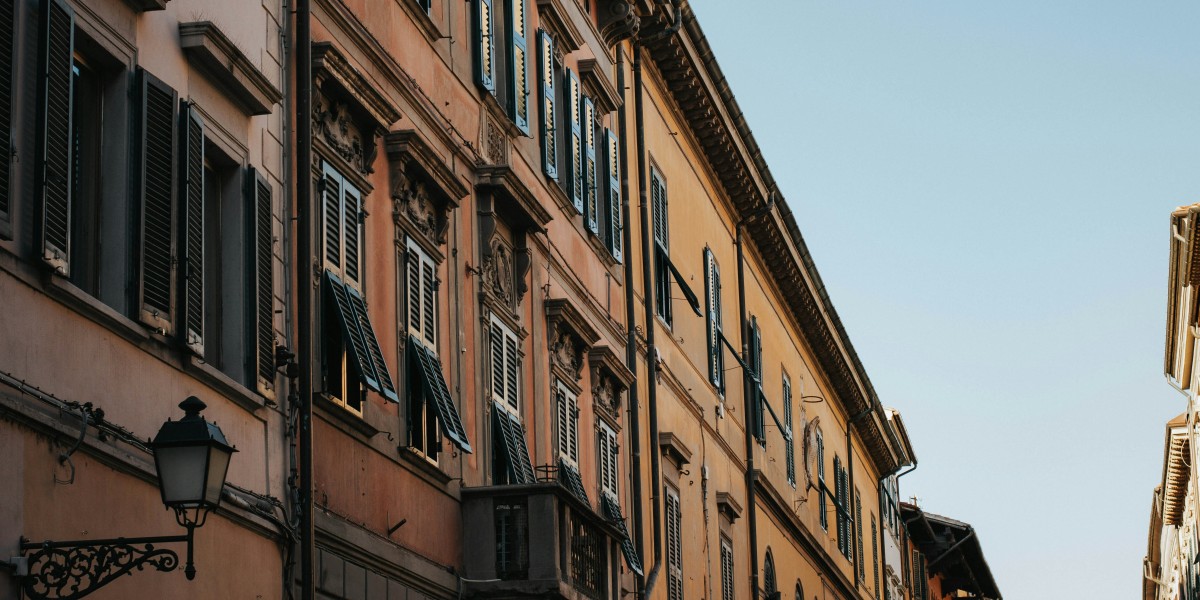
Pisa is a fairly compact city, but each neighbourhood has its own distinct feel. Finding the right spot really depends on the kind of lifestyle you’re after, whether that’s being in the historic heart of the action or by the sea.
Santa Maria
This is the historic centre, home to the Piazza dei Miracoli and the main university buildings. It’s undeniably beautiful and convenient if you want to live surrounded by history. However, it’s also the busiest and noisiest area, packed with tourists, and accommodation can be pricier.
San Francesco
Located just east of the centre, this area is popular with students. It has a lively atmosphere, packed with affordable pizzerias, small bars, and artisan workshops. It's a great choice if you're looking for a social and energetic environment, though it can be a bit loud at night.
San Martino
South of the River Arno, San Martino feels more residential and authentically Pisan. It's a bit quieter than the centre but still has plenty of local shops, markets, and excellent trattorias. This neighbourhood is a great option for families or anyone wanting to escape the main student and tourist crowds.
Porta a Lucca
This is a more modern, residential area to the north of the city. While it lacks the historic character of the centre, it offers more green spaces, larger apartments, and easier parking. It’s a practical choice, particularly for families looking for a calmer environment.
Litorale Pisano
If you dream of living by the sea, the Pisan coast is an excellent option. Areas like Tirrenia and Marina di Pisa offer a beach lifestyle with easy access back to the city centre. This coastal living comes at a premium, however, making the Litorale Pisano the most expensive area, with property prices at €3,290 per m².
Living in Pisa as an expat
For anyone moving to Pisa, settling in and finding a community is just as important as finding the right flat. The city has a small but welcoming international community, made up of academics, students, and professionals. While English is spoken in the tourist centre, learning Italian is key to integrating properly. The experience of living in Pisa as an American is often one of genuine immersion, as you're more likely to be socialising with Italians than in a large, insulated expat bubble.
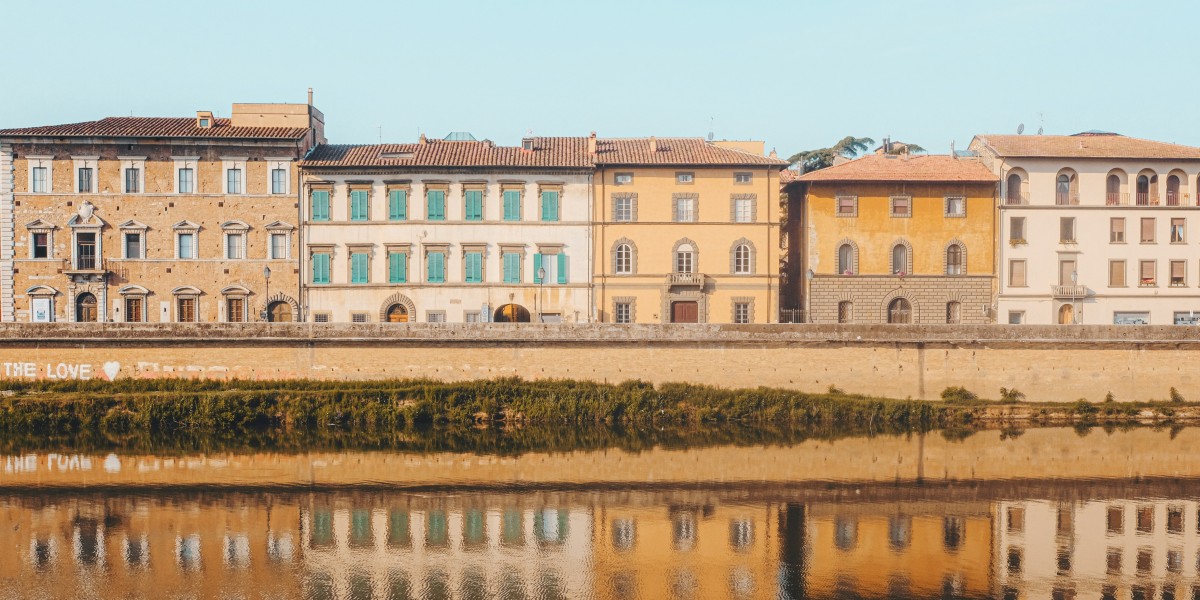
Stay in the know about living in Italy as a foreigner—get our weekly newsletter for the latest travel, legal, and lifestyle news.
For a taste of the high life, sign up for the monthly luxury market round-up.
